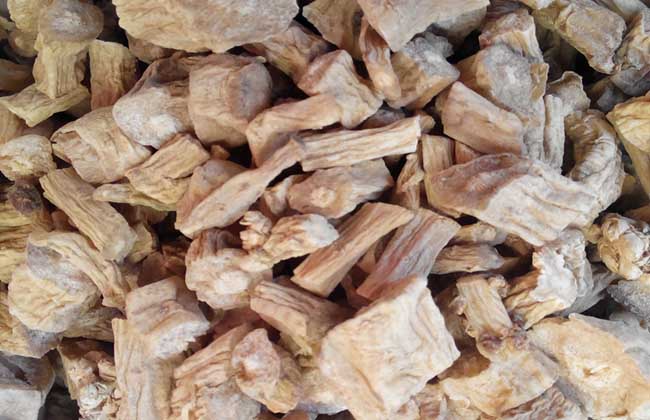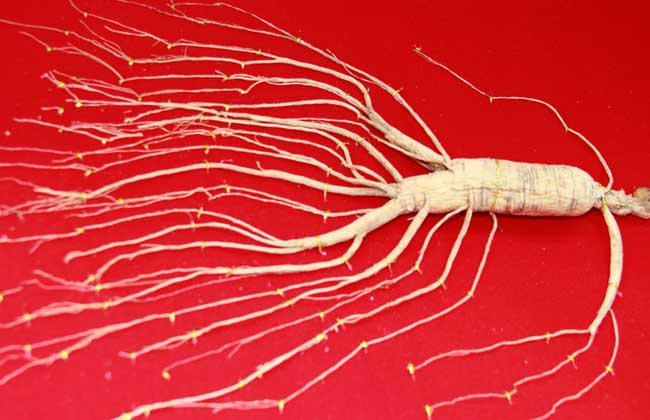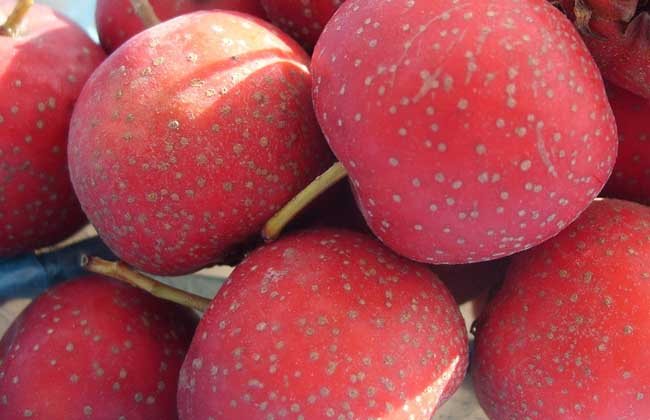The market price of Codonopsis pilosula

Codonopsis pilosula is a herbal medicine included in the Chinese Pharmacopoeia. It comes from the dry roots of Codonopsis pilosula, Codonopsis pilosula, or Chuan Codonopsis pilosula, which is blindly a common Chinese herbal medicine. It has the effects of tonifying qi, relieving thirst, invigorating the spleen and lung, nourishing blood and promoting fluid, and can be used instead of ginseng. Relative to ginseng, the price is also very cheap. Let's take a look at the market price of Codonopsis pilosula.
The market price of Codonopsis pilosula
The market price of Codonopsis pilosula is between 20 yuan / kg and 25 yuan / kg, but the grade and origin of Codonopsis pilosula have a great influence on the price, for example, the price of Codonopsis pilosula is several times that of ordinary Codonopsis pilosula.
Classification of Codonopsis pilosula
1. Dongdang: ① first class: length more than 20cm, diameter under Reed more than 1cm, no hair beard. ② second class: length less than 20cm, diameter under the Reed more than 0.5cm.
2, Lu Party: ① first class: Luxia diameter more than 1 cm, no Youtiao. ② second class: Reed diameter more than 0.8cm, no Youtiao. ③ third class: Reed diameter more than 0.4cm, Youtiao no more than 10%.
3. West Party: ① first Class: Luxia diameter more than 1.5cm, no Youtiao. ② second class: Reed diameter more than 1 cm, no Youtiao. ③ third class: Reed diameter more than 0.6cm, Youtiao no more than 15%.
4. Party of stripes: ① first class: diameter of Luxia more than 1.2cm, no Youtiao. ② second class: Reed diameter more than 0.8cm, no Youtiao. ③ third class: Reed diameter more than 0.5cm, Youtiao no more than 10%, no ginseng seedlings.
Identification method of Codonopsis pilosula
1. West Codonopsis pilosula: the root of Codonopsis pilosula is cylindrical, with a thin tail, 10 to 20 centimeters long and 5 to 13 millimeters in diameter. The Reed head is mostly in the shape of "lion pan head", the surface is grayish yellow or light brown, and there are obvious longitudinal grooves. There are close horizontal lines near the root head, gradually thinning about half of the total, and the lenticels are obvious. where the branch roots fall off, it is common to see black-brown colloidal latex spilling and drying inside the system, slightly brittle, easy to break, and the skin of the section is white. There are cracks, light yellow wood, a special aroma, sweet and strong taste, for the high quality of Codonopsis pilosula.
2. The East Party: the East Party is like the West Party, but its roots are big and obvious, and its skin is thick and bubbly. The taste of chewing is light and less sweet and fat, and some of them are full of bitterness.
3. Lu Dang: the root of Lu Dang is cylindrical, single, 8 cm long or longer, about 7 mm 12 mm in diameter, the root head "lion pan head" shape is not obvious, the surface is light grayish brown, near the Reed head shows horizontal pattern, there are trench vertical lines in the middle, and there are large and small root scars protruding, the quality is harder than the west party, the skin and flesh are connected (less cracks in the cross section), the gas is micro, and the taste is sweet.
4. Single-branch party: the root of single-branch party is cylindrical, with few branches, 15-35 cm long and 5-25 mm in diameter, the root head is in the shape of "lion pan head", the surface is grayish yellow, there are obvious longitudinal grooves, and there are sparse horizontal lines at the top of the quality; where the branch root falls off, there is a black gel formed by spilling milk, which is more solid, easy to break, less cracks in the cross section and yellow in the wood. The smell is sweet and sweet.
5. Xufu Party: Xufu Party, also known as Bai Dang, is mostly wild, shaped like Platycodon grandiflorum, smooth and clean without horizontal lines, all with deep longitudinal grooves, hard and crisp, sweet and light in taste, and is the inferior product of Codonopsis pilosula.
Related
- A course of planting techniques and methods on how to grow carrots
- How to plant the latest tulips?
- Is it better to pick tea in the morning or in the afternoon? When is the best time for tea to be picked? what is the third or fifth tea?
- Launch Yuanxiao Happy combination Haocha + Tea Yuan healthy Taste
- Penghu Tourism "Fireworks 20 Parade with You"
- 2022 West Lake Happiness holds "Digital Revitalization Voucher" and draws iphone13 and laptop.
- Banqiao Fuzhou social houses are designed to change start-up combined with police elimination to create a safe and livable environment
- The convenient measure of "mechanical weeding" in Xinbei has been abused and the Agriculture Bureau has imposed heavy penalties on the illegal land consolidation.
- Changgeng University Joins Hands with Four Memory Factories to Rescue Memory Talent Shortage
- The list of Taiwan's top 100 MVP managers is listed by the Director-General of the Farmers' Association of Sanxia District.



